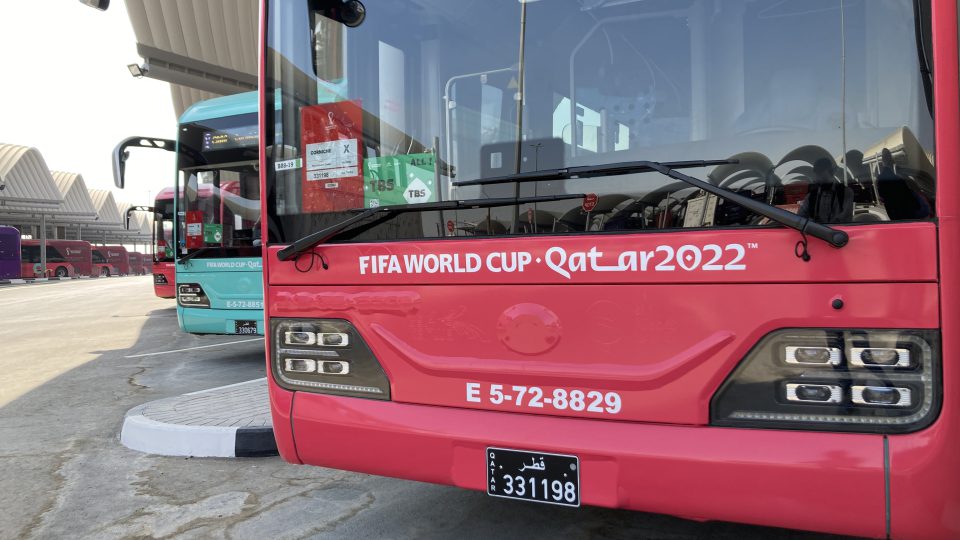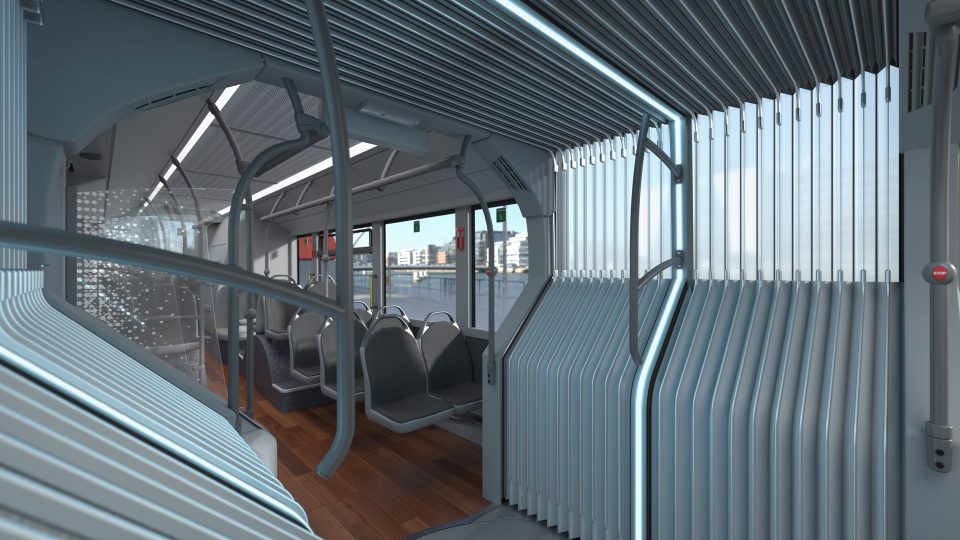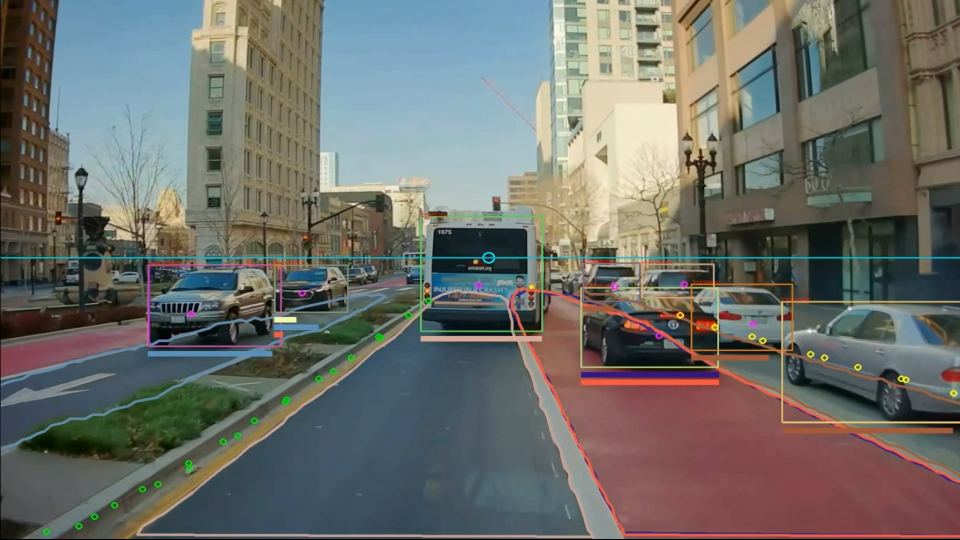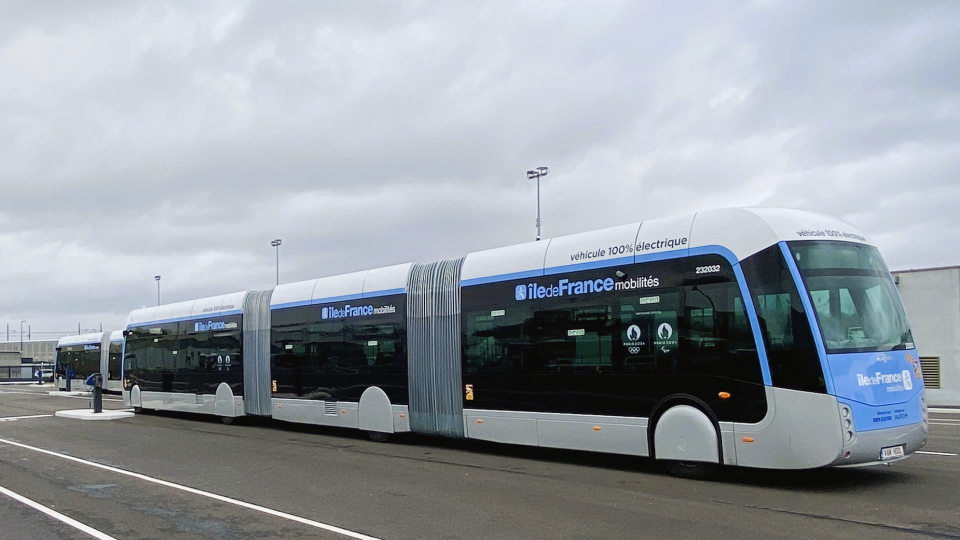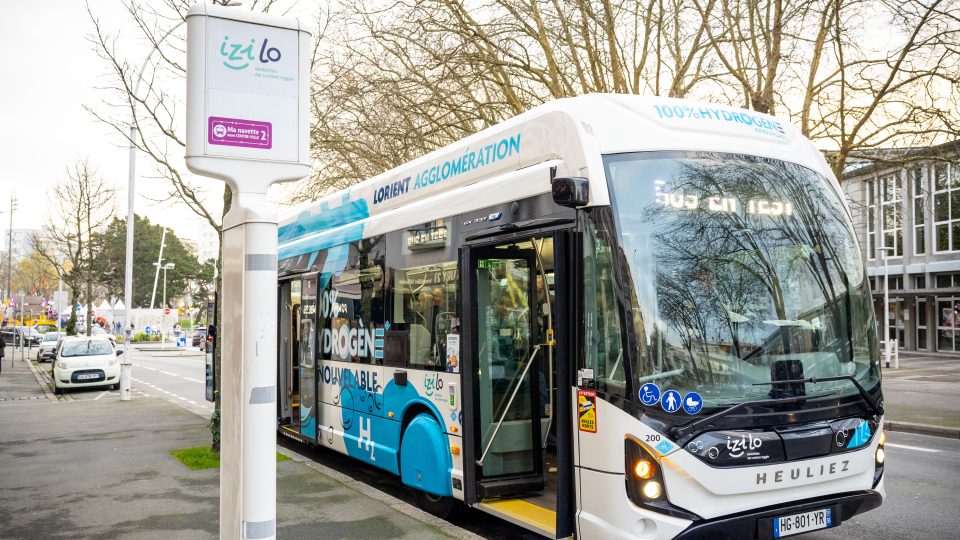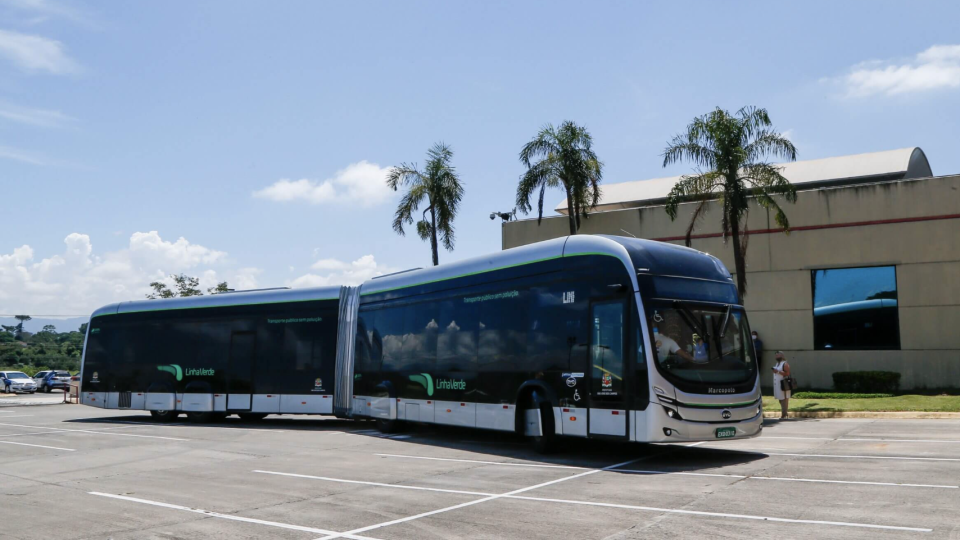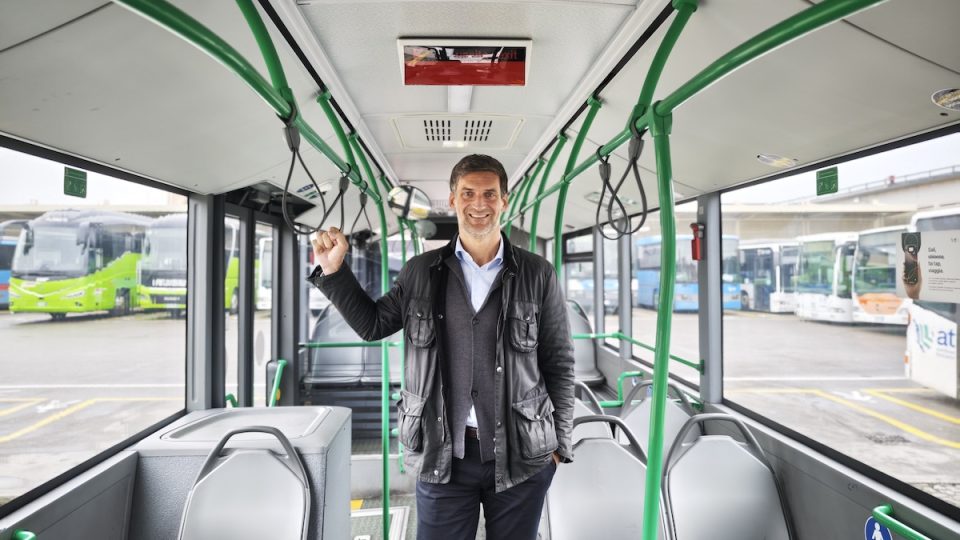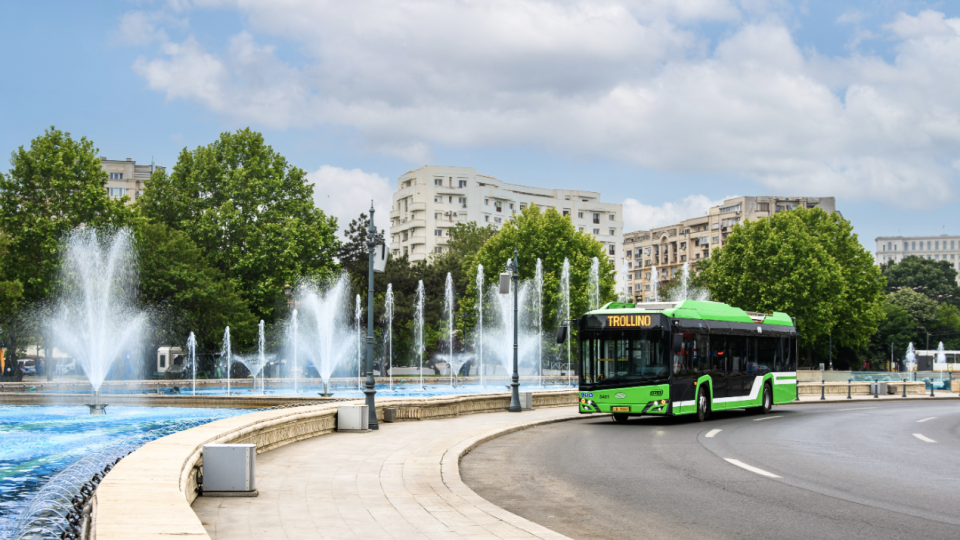Middle East bus market set to grow 33% by 2030 up to USD 5.86 billion, according to study
The Middle East bus market, valued at USD 4.4 billion in 2024, is projected to grow to USD 5.86 billion by 2030, corresponding to a compound annual growth rate of 4.8%, according to the Middle East Bus Market Report 2025 by Research and Markets. The market is then expected to increase by USD 1.46 billion, […]
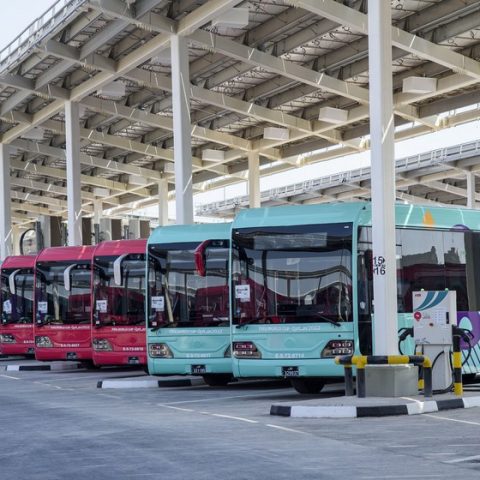
The Middle East bus market, valued at USD 4.4 billion in 2024, is projected to grow to USD 5.86 billion by 2030, corresponding to a compound annual growth rate of 4.8%, according to the Middle East Bus Market Report 2025 by Research and Markets. The market is then expected to increase by USD 1.46 billion, or roughly 33%, over the six-year period.
The paper stresses that “Rapid population growth in metropolitan areas, coupled with the rise of educational and industrial hubs, is driving the need for efficient, high-capacity transit services”. Governments across the region are investing in public transport infrastructure and integrating buses into multimodal networks alongside metro, rail, and last-mile mobility options.
Potrebbe interessarti
900 e-buses deployed by Mowasalat during the FIFA World Cup. Our experience in Doha
UITP’s takes on public transport in MENA
In the MENA region, according to UITP, Qatar leads with the Lusail Bus Depot (that we visited in 2022), supporting over 800 electric buses and powered by 11,000 solar panels generating 4 MW daily. The UAE has launched the Abu Dhabi Green Bus Program, piloting electric and hydrogen buses on a roadmap to a fully green system by 2030. Saudi Arabia is integrating e-buses into Riyadh’s metro network and Vision 2030 projects, while Egypt and Morocco deploy low-emission fleets using CNG, hybrid, and locally manufactured buses.
In the same region, still according to the organization, Bus Rapid Transit systems are gaining momentum and “Ride-hailing services, once considered peripheral, are now being formalised through regulatory frameworks and public-private partnerships, allowing them to complement existing public transport and expand coverage in low-density areas”.
Back to Research & markets report, the transition toward electrified fleets is a major trend. Battery-electric buses (BEBs), hybrids, and plug-in variants are increasingly incorporated into procurement plans. Technological improvements in battery capacity and charging speed, alongside regulatory incentives, are accelerating adoption.
Strategic implementation of smart technologies — including GPS-enabled fleet management, automated fare systems, and real-time passenger information — is improving operational efficiency and passenger experience. Dedicated bus corridors, coordinated traffic signals, and express boarding solutions are being deployed to reduce delays and increase ridership, according to the paper.
What about the challenges? “A key challenge is the substantial capital investment required for procuring next-generation buses, particularly those powered by alternative energy sources like electricity or CNG. Budget constraints among both public agencies and private fleet operators hinder rapid fleet modernization. While financial tools like leasing and subsidies exist to alleviate the burden, inconsistent availability and slow administrative processes can delay adoption and limit deployment at scale”.

